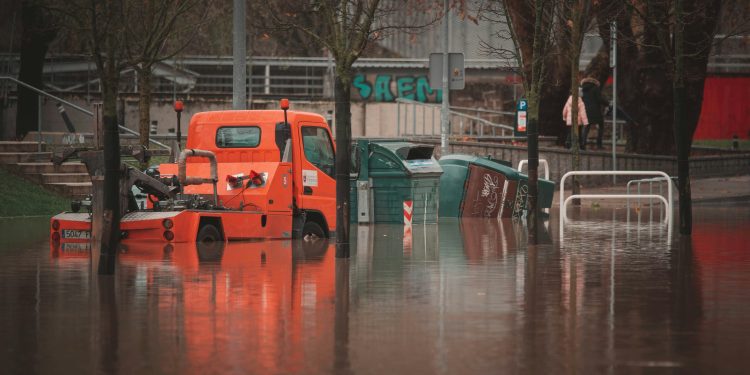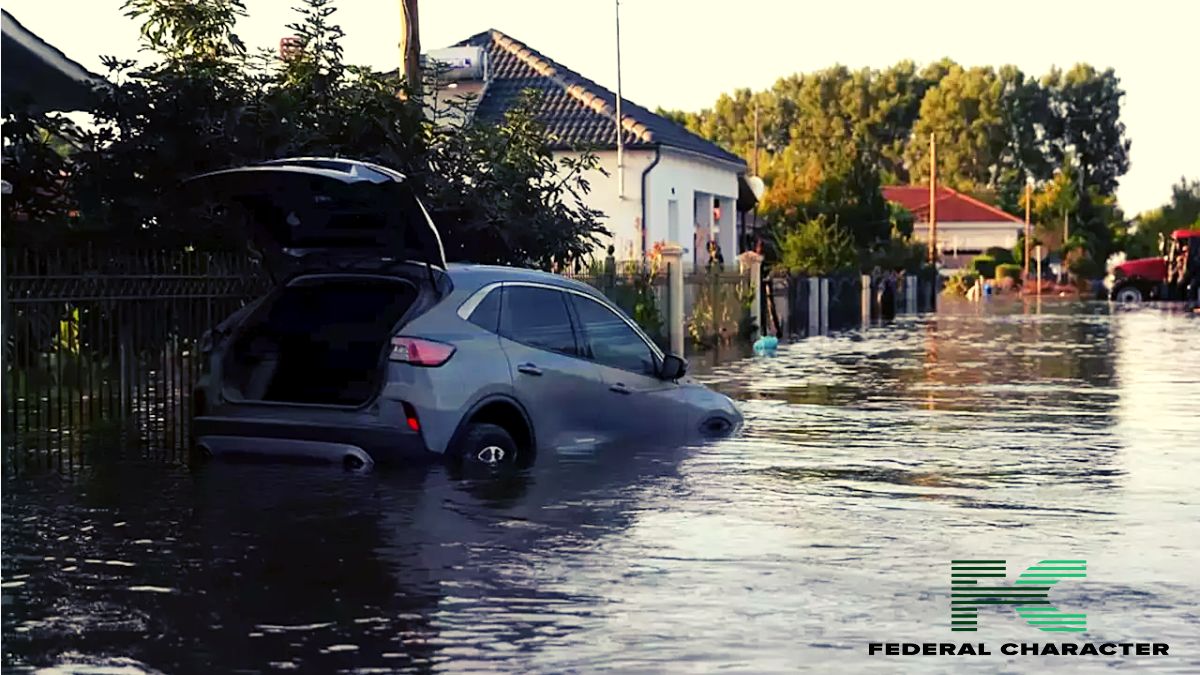Torrential downpours unleashed chaos across New York and New Jersey Monday night, claiming two lives in Plainfield when floodwaters swept away a vehicle, prompting Governor Phil Murphy to declare a state of emergency.
The National Weather Service reported staggering rainfall totals exceeding 6 inches (15 cm) in under three hours – with New York City recording its second-highest hourly precipitation in 80 years as 2 inches deluged streets in just 30 minutes.
Rescue teams performed daring water rescues across the region, including a dramatic rope extraction of a trapped driver in Scotch Plains as floodwaters rendered major highways impassable and disrupted transit systems serving millions.

The Flood’s Immediate Aftermath
New York’s subway system became an underground river as brown water cascaded onto platforms and into train cars, forcing commuters to kneel on seats to avoid contaminated floodwaters.
Across the Hudson River, Newark Liberty International Airport canceled 137 flights and delayed 230 more as runway flooding created travel nightmares. The crisis extended beyond the Northeast, with the NWS issuing catastrophic flood warnings for Virginia’s Colonial Heights and Petersburg – the same regions devastated by 2020’s tropical storm Isaias.
Meteorologists confirm the storm system now weakening as it moves eastward, but not before exposing critical vulnerabilities in the nation’s most densely populated corridor.
This disaster arrives just weeks after the catastrophic Texas floods killed 130 people, revealing a disturbing pattern of extreme weather events intensifying across America. Climate scientists note these back-to-back catastrophes align with predictions of more frequent, intense rainfall events as global temperatures rise.
The Northeast’s aging infrastructure – including New York’s century-old subway drainage systems and New Jersey’s flood-prone highway underpasses – struggled to handle what experts call “a 500-year rainfall event” occurring with alarming regularity.
What To Expect
With additional storms forecast for Florida and the Midwest, emergency managers warn residents to heed road closures and avoid floodwaters contaminated with sewage and chemicals.
The NWS urges smartphone users to enable wireless emergency alerts after many victims in recent floods received no warning. For now, the Northeast begins the grim work of assessing damage, clearing debris, and mourning lives lost to what Governor Murphy called “nature’s terrifying power.”

















